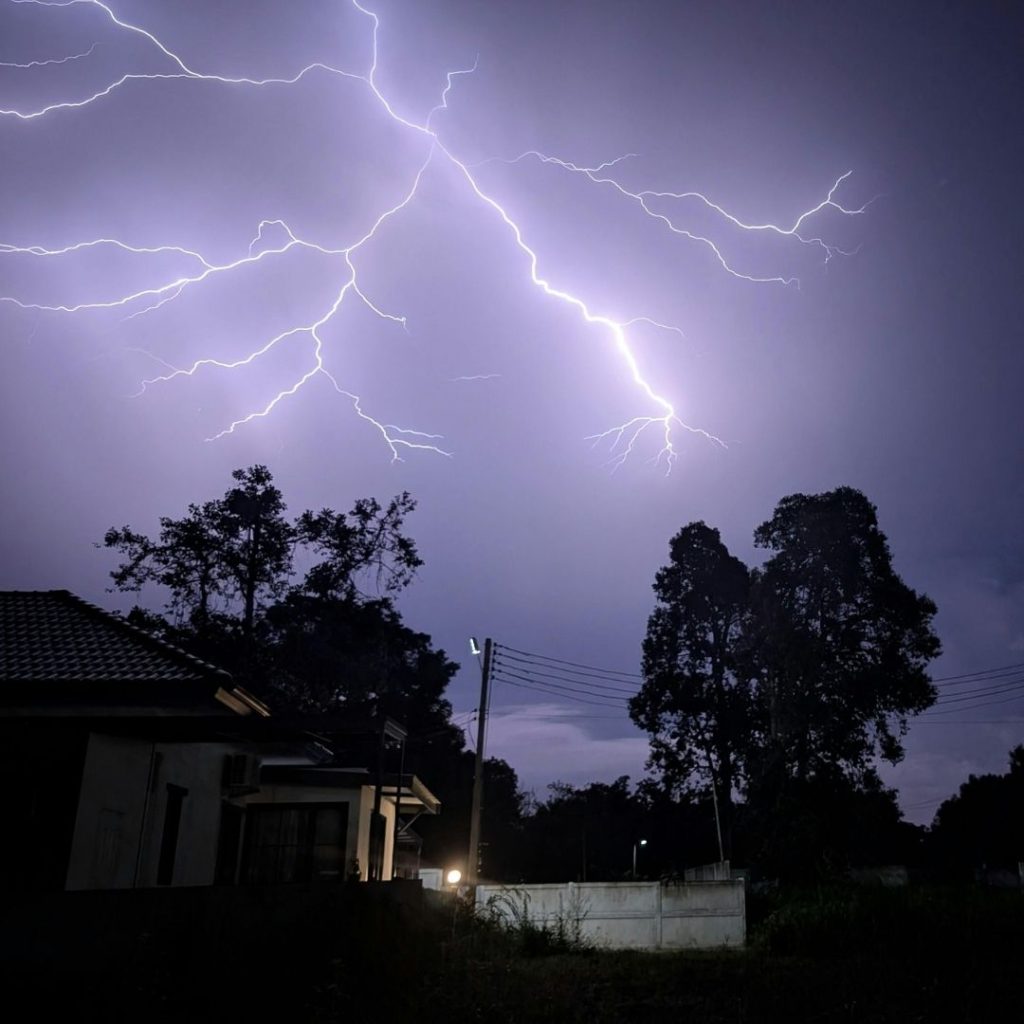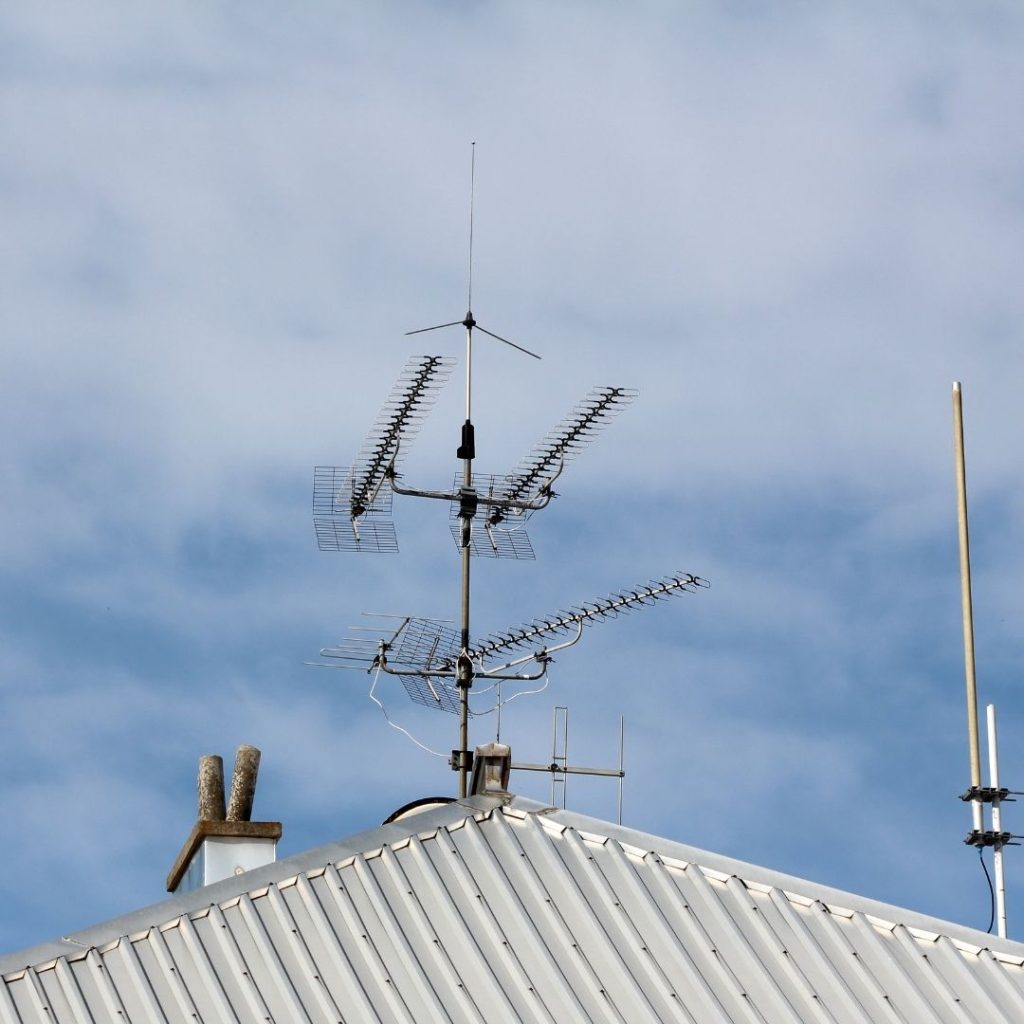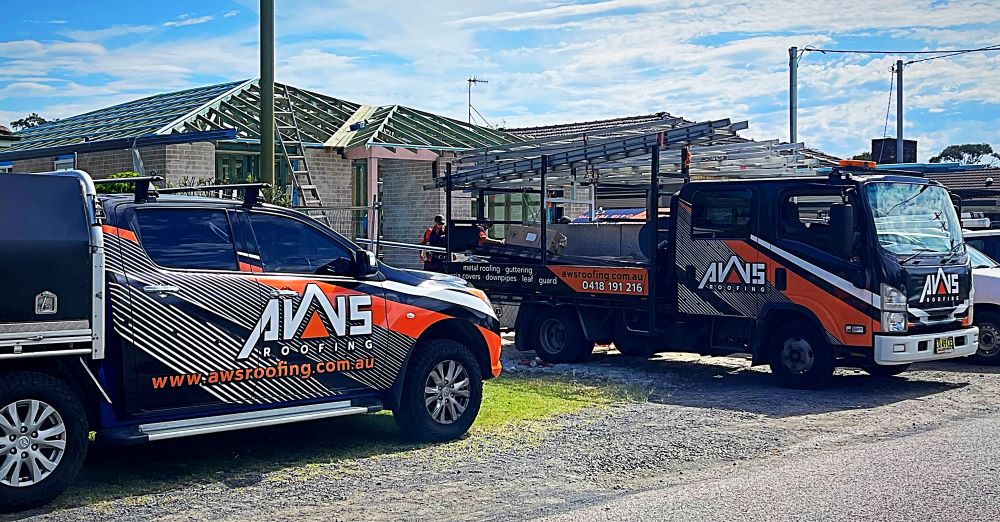Metal roofing is widely acknowledged as one of the most resilient and long-lasting roofing solutions available in Australia. Its remarkable strength, durability, and energy efficiency are attributes that many homeowners cherish. However, a frequently asked question among property owners is: Do metal roofs attract lightning strikes?
As more homeowners are choosing to install Starlink dishes and various aerial devices, the concern regarding lightning strikes has grown significantly. In this comprehensive discussion, we will explore the facts surrounding this important topic, highlighting why metal roofing, along with antennas and satellite systems, is often safer than many individuals may believe.

Understanding the Truth: Do Metal Roofs Attract Lightning?
Contrary to popular belief, the notion that metal roofs attract lightning is unfounded. In reality, a metal roof does not attract lightning at all. Lightning is drawn to the highest point in any given landscape, and this phenomenon is not dictated by the type of roofing material used. Lightning typically seeks out the path of least resistance to reach the ground, which is why it often targets taller structures such as trees, poles, or antennas instead of the roofing material itself.
In the unfortunate event that a home with a metal roof is struck by lightning, there is a reassuring fact to consider: metal effectively disperses energy safely. Unlike roofing materials like tile or timber, metal does not ignite or burn easily. If lightning strikes, the electrical charge quickly spreads across the roof’s surface and harmlessly dissipates into the ground, especially if the building’s grounding system has been correctly installed.
To sum it up, choosing a Colorbond® roof does not increase the likelihood of your home being struck by lightning. However, in the rare instance of a lightning strike, having a metal roof is indeed one of the safest options available, providing homeowners with substantial peace of mind.
Assessing the Risk: Do Aerials or Starlink Dishes Heighten Lightning Strike Chances?
Similar to metal roofs, aerials, antennas, and Starlink dishes do not inherently attract lightning simply because they are present. Instead, lightning tends to be drawn to height and isolation, rather than specifically to the metal components of these devices.
If an aerial or dish is the highest point on your property, it could become the most likely target for a lightning strike. This situation occurs due to its elevated position rather than its metallic composition. Therefore, it is essential to understand that the risk of lightning strikes is primarily dictated by location rather than the materials used in construction.
To improve safety, consider implementing the following best practices:
- Ensure that the dish or antenna is professionally installed and grounded in accordance with the AS/NZS 1768 lightning protection standards.
- Bonding and grounding the system is vital, as this enables any electrical surge to travel safely to the earth, significantly reducing the risk of damage to your equipment or home.
- Avoid using isolated, ungrounded poles that extend significantly above the roofline, as these present a greater risk of attracting lightning strikes.
When installed correctly, a Starlink dish or roof-mounted aerial on a Colorbond® roof remains completely safe, even during severe electrical storms.

Uncovering the Safety Advantages of Metal Roofing Materials
Beyond the critical aspect of lightning safety, metal roofing offers a plethora of inherent protective features that make it an exceptional choice for homeowners:
- Fire Resistance: Metal is fundamentally non-combustible, making it an ideal option for regions that are at high risk of bushfires.
- Storm Durability: Metal roofs are engineered to endure hail, high winds, and heavy rainfall significantly better than many conventional roofing materials.
- Corrosion Protection: Colorbond® coatings provide outstanding protection against rust, even in coastal areas where salty air can pose a threat.
- Energy Efficiency: Reflective coatings on metal roofs help reduce heat absorption during the hot summer months, leading to lower energy costs.
- Structural Lightness: Metal roofing is lighter than tile, which reduces stress on the roof frame and enhances the overall structural integrity of your home.
Proven Strategies for Maintaining Roof Safety and Efficiency
To ensure complete peace of mind regarding the safety of your roof and any mounted equipment, conducting regular inspections is essential:
- After storm events, inspect flashings, fixings, and sealants to confirm they are intact and functioning properly.
- Keep gutters and valleys clear of debris to prevent overflow and potential water damage to your property.
- Verify that any antenna installations are properly grounded to minimize risk and ensure overall safety.
<a href="https://writebuff.com/metal-roofing-and-roof-leaks/">AWS Roofing</a> offers professional inspections and roof replacements across the Central Coast, Newcastle, and Hunter regions, ensuring that every roof performs safely and efficiently while providing maximum protection for your home.

Summarizing Key Insights on Metal Roof Safety and Performance
A metal roof does not attract lightning; in fact, it plays a crucial role in protecting your home from lightning strikes. When combined with professional installation and proper grounding of any roof-mounted equipment, a Colorbond® metal roof is recognized as one of the safest, most reliable, and longest-lasting roofing systems available in Australia.
If you require expert assistance with metal roofing installation or replacement, contact AWS Roofing, trusted specialists in durable and compliant roofing systems throughout NSW.
Do Metal Roofs Attract Lightning? (And Aerials or Starlink Dishes)
The Article: Do Metal Roofs Attract Lightning? A Look at Aerials and Starlink first appeared on https://writebuff.com
The Article Metal Roofs and Lightning: Insights on Aerials and Starlink Was Found On https://limitsofstrategy.com




No responses yet